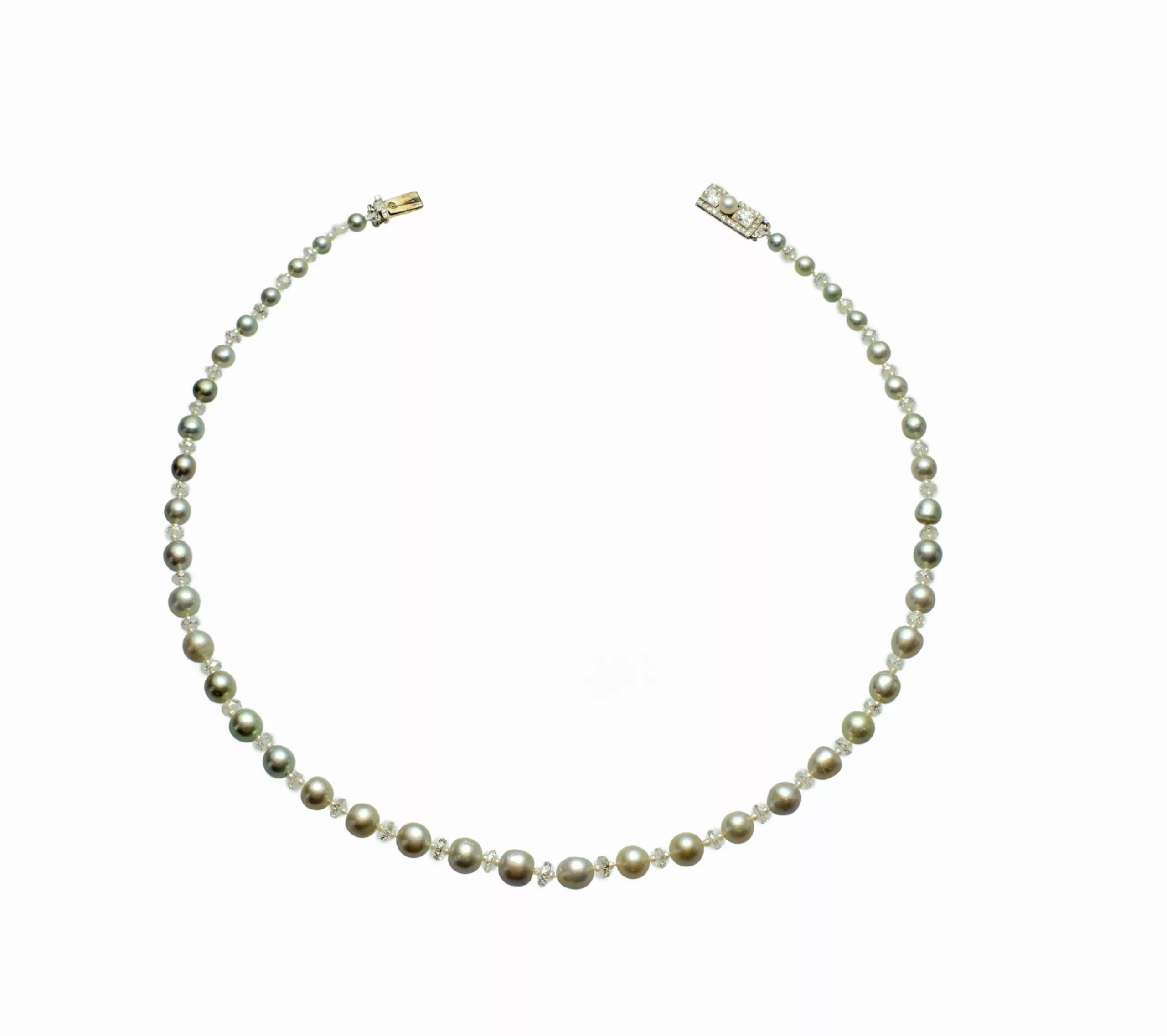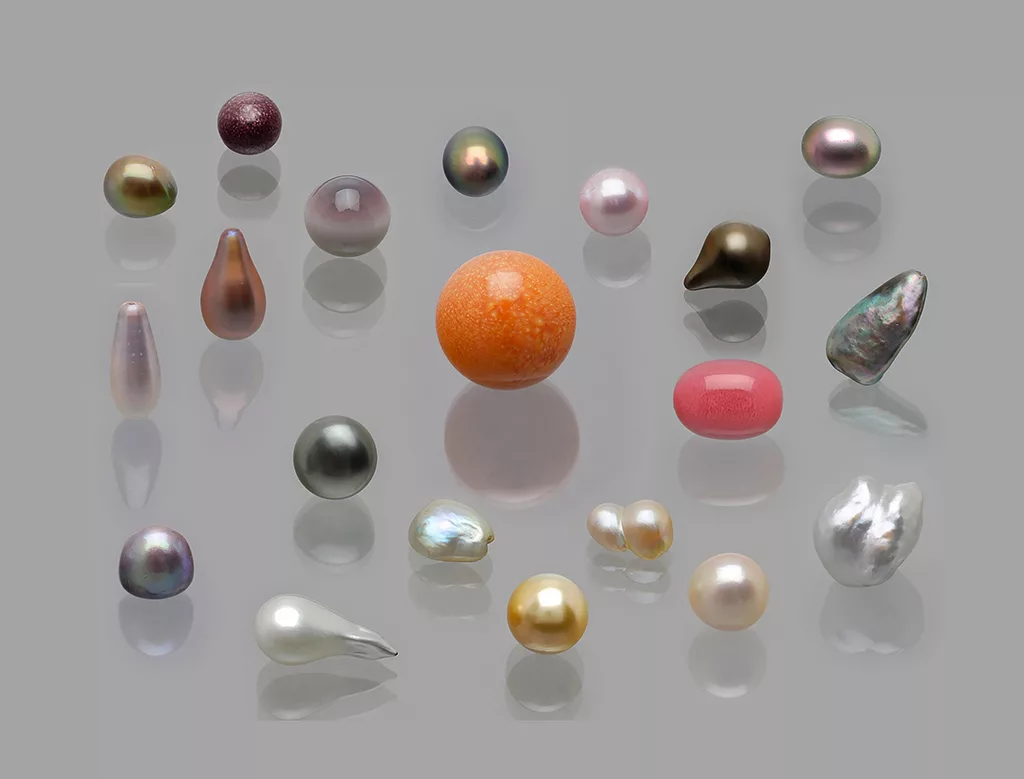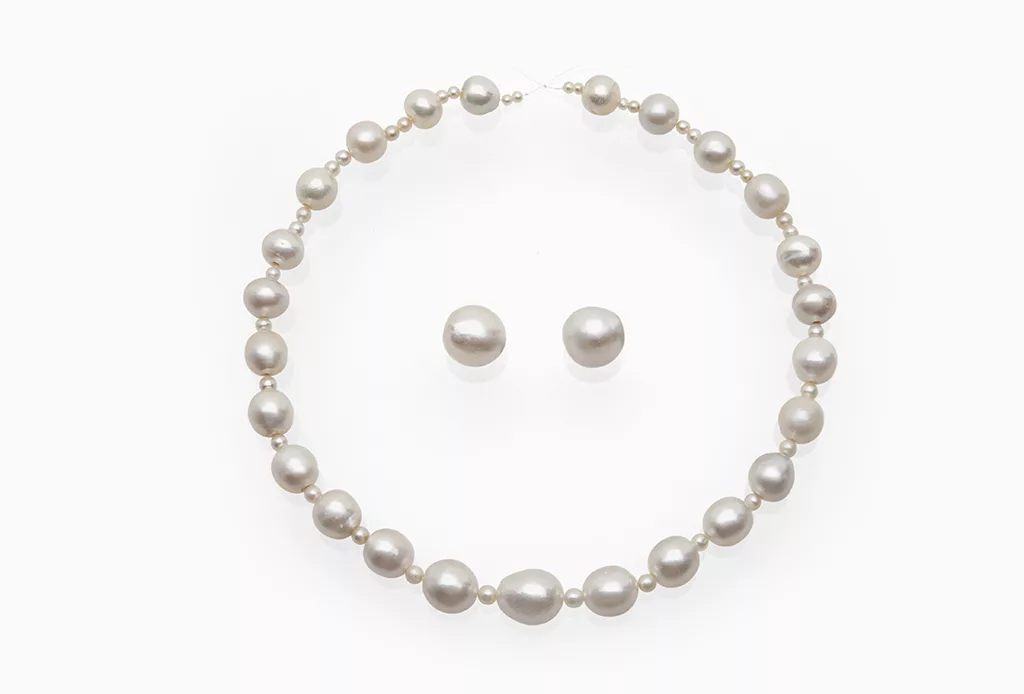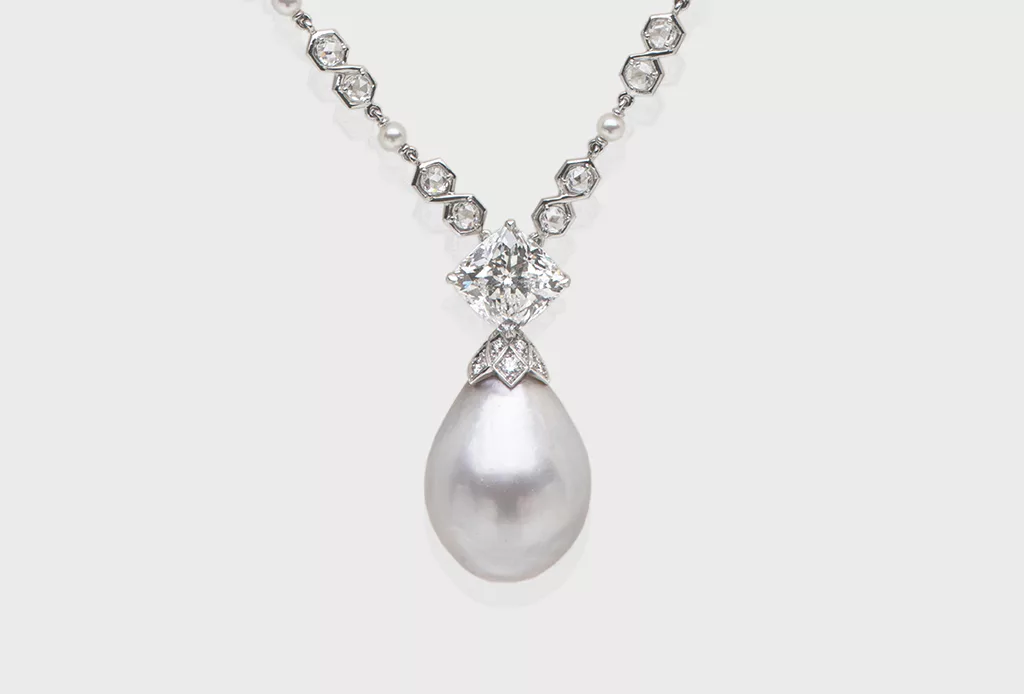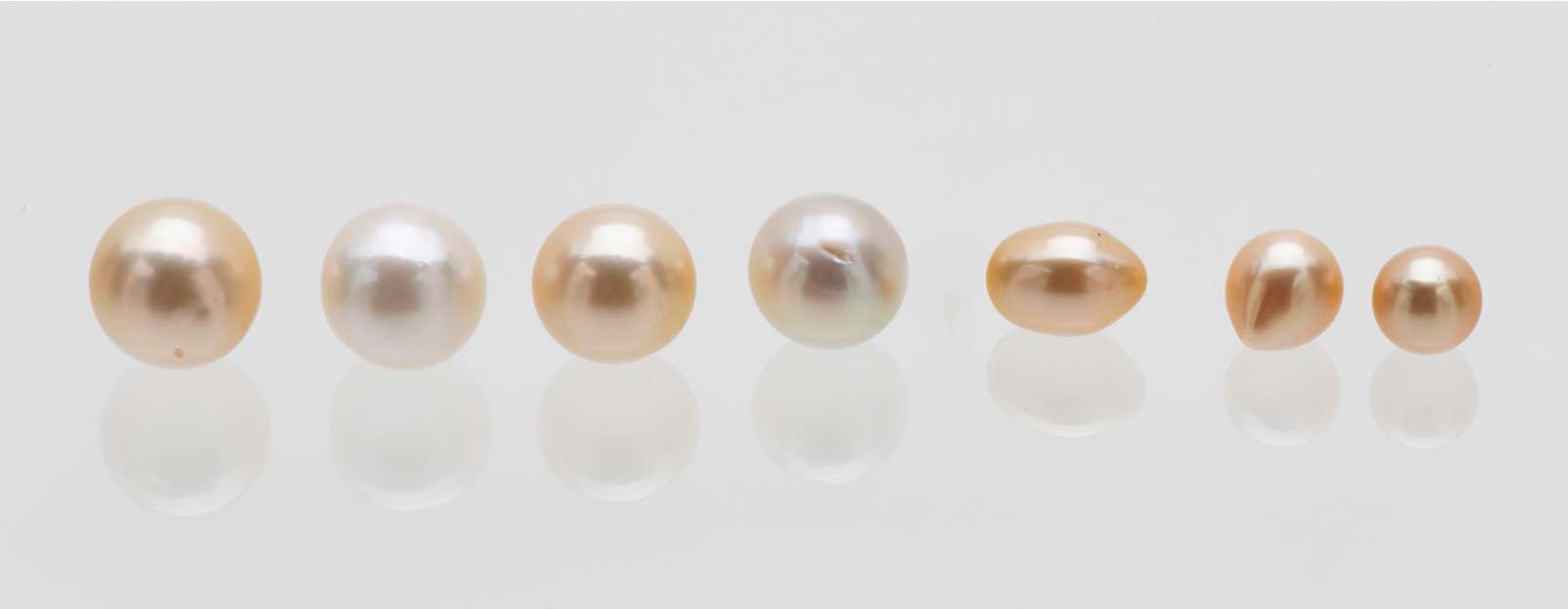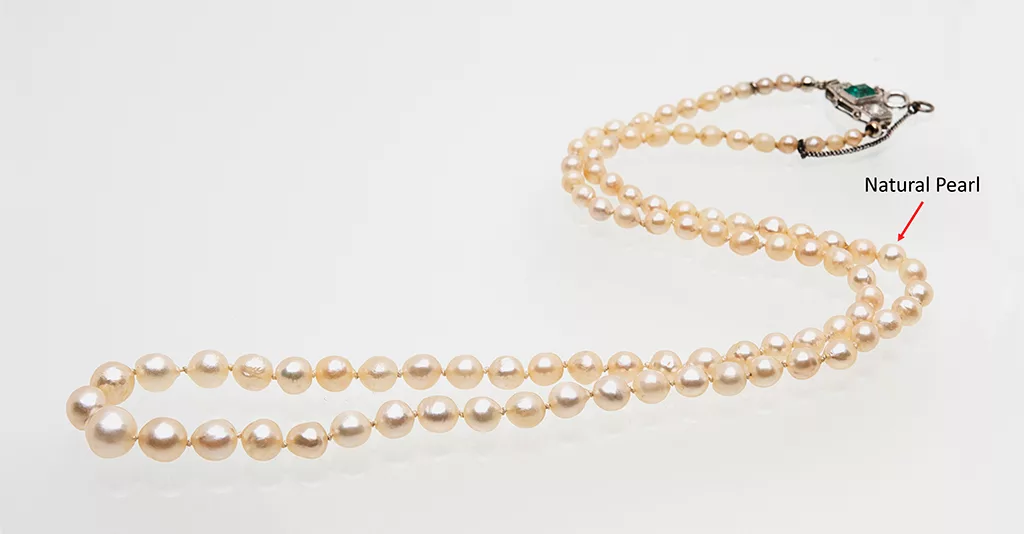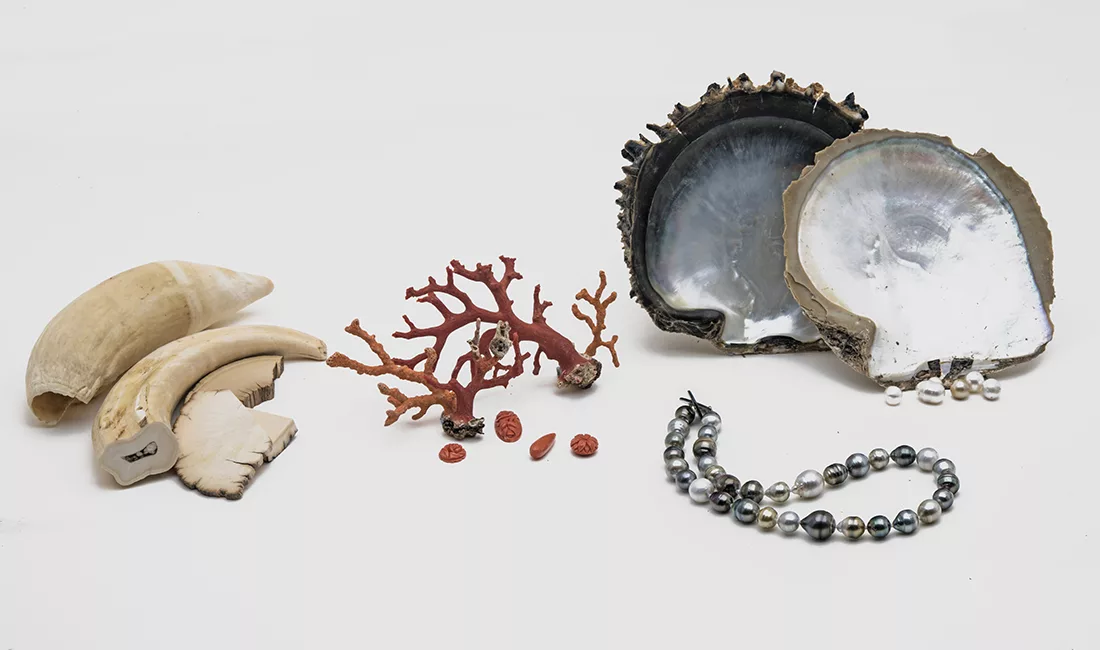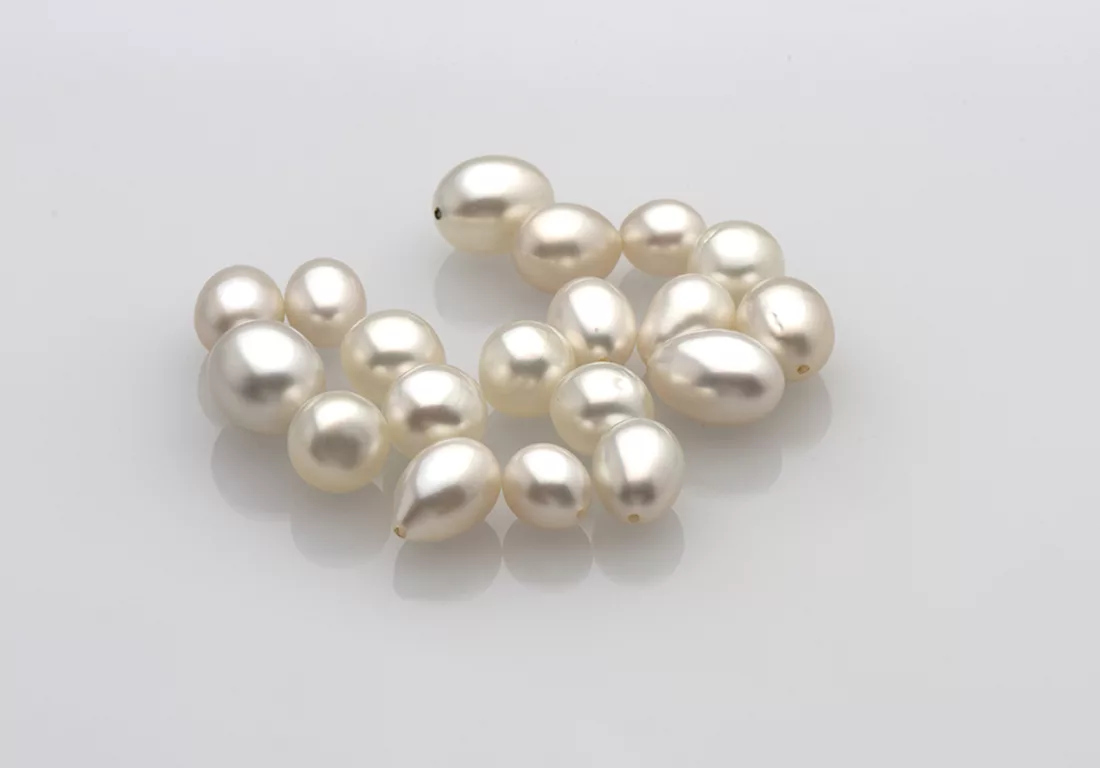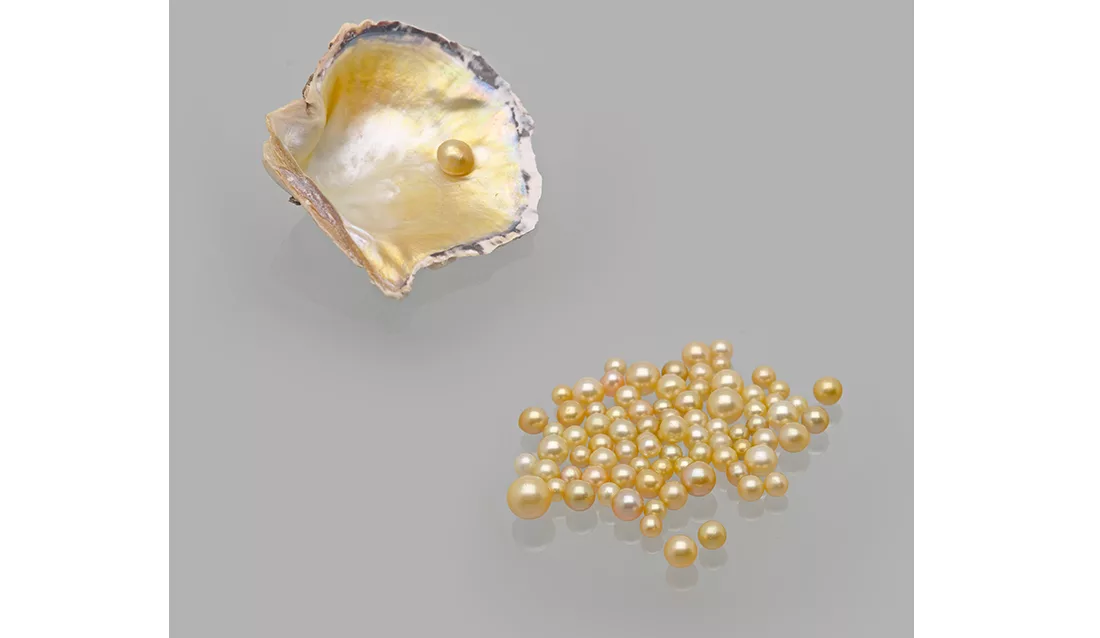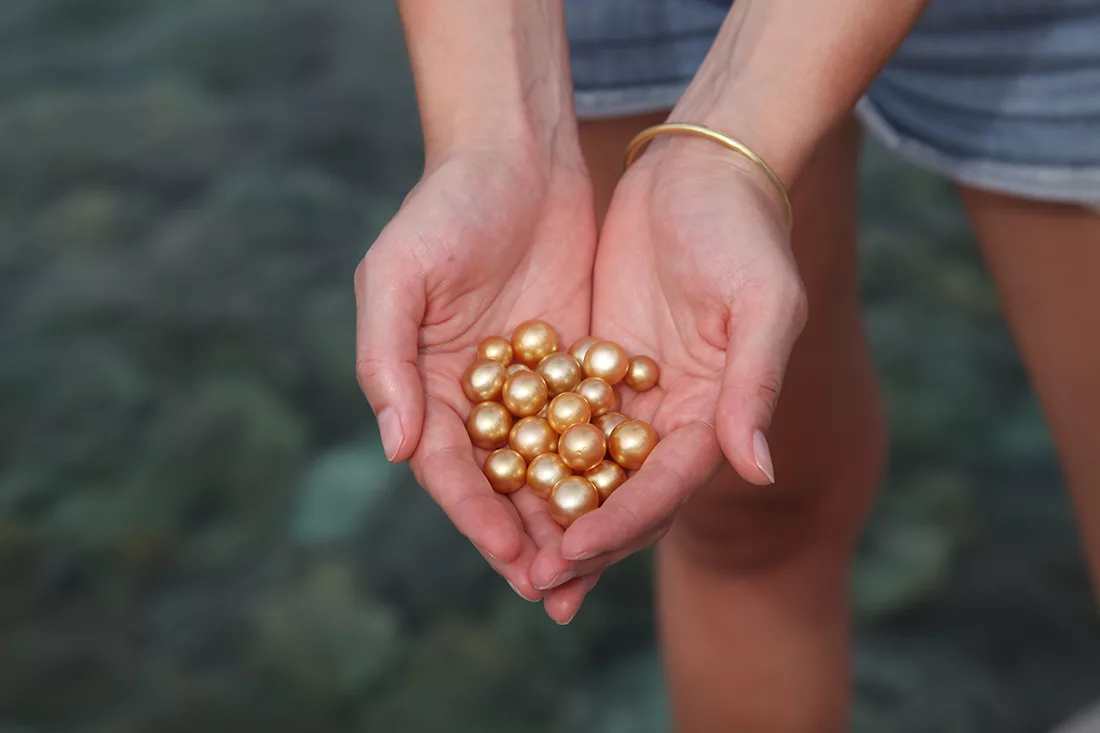Natural pearls dyed green
The body colour of pearls is normally related to the presence of natural colour pigments produced by the mollusc during pearl formation. Another option is to colour pearls artificially, with dyeing being the most readily available method. Often applied to rather low-quality freshwater cultured pearls, these tre
DNA fingerprinting and age dating of pearls and corals at SSEF
Pearl testing was long limited to determining whether a pearl is natural or cultured, and whether a pearl has been treated or not. As we have considerably invested in pearl research in recent years, we have achieved significant breakthroughs, namely DNA fingerprinting for species identification and radiocarbon
New pearl oyster species: pinctada persica
We recently tested a pearl jewellery set that consisted of 63 natural pearls, with 61 of them being strung on a thread and two additional loose natural pearls. To our knowledge, this is the first time that pearls from Pinctada persica have been reported.
The Queen Mary Pearl
First published in Facette 26 (May 2020) As a foremost authority in the testing of natural pearls, the SSEF has had the chance in the past few decades to see and analyse the most unique and outstanding natural pearls in the market, many of them of historic provenance, such as the Peregrina pearl (see
Myanmar Gold-Lipped Cultured Pearls
Myanmar Gold-Lipped Cultured Pearls. IGC 2021 Proceedings, 56-57.
One natural pearl in a cultured pearl necklace
Testing pearl necklaces can be rather painstaking work, as at least two gemmologists at SSEF meticulously and individually check a necklace pearl by pearl, with the aim of finding one (or more) cultured pearl(s) possibly hidden somewhere in the strand. Countless natural pearl necklaces tested at SSEF in the pas
DNA Fingerprinting of Pearls, Corals and Ivory: Research Update
SSEF pioneered DNA fingerprinting of pearls in 2013, in collaboration with scientists from ETH Zürich. This was the first published report of oyster DNA extraction from a pearl, allowing us to trace and fingerprint pearls of unknown origin and match them to the specific oyster species in which they formed.
Chasing Cultured Pearls at SSEF: Cultured Pearls using a Natural Pearl as a Bead
As a leading pearl testing laboratory worldwide, the SSEF has analysed in the past few months a large number of pearls for our clients. Besides natural pearls of impressive size or historic provenance (e.g. the pearl pendant of Marie Antoinette and the so called Dodge pearls), we regularly identify and sort out
Pipi Pearls from the Pacific
first published in Facette 21 (February 2014) In 2013, SSEF received a lot of beautiful small so-called Pipi- pearls from the Pacific. These natural pearls are generally rather small, up to about 8 mm in diameter. This is not astonishing as they are formed within the rather small shell of the Pinctada macu
Research on Golden Cultured Pearls
In February 2016 Dr. Laurent Cartier had the opportunity of visiting Jewelmer pearl farms near Palawan Island in the Philippines and observing the different culturing techniques required to harvest golden South Sea pearls.
